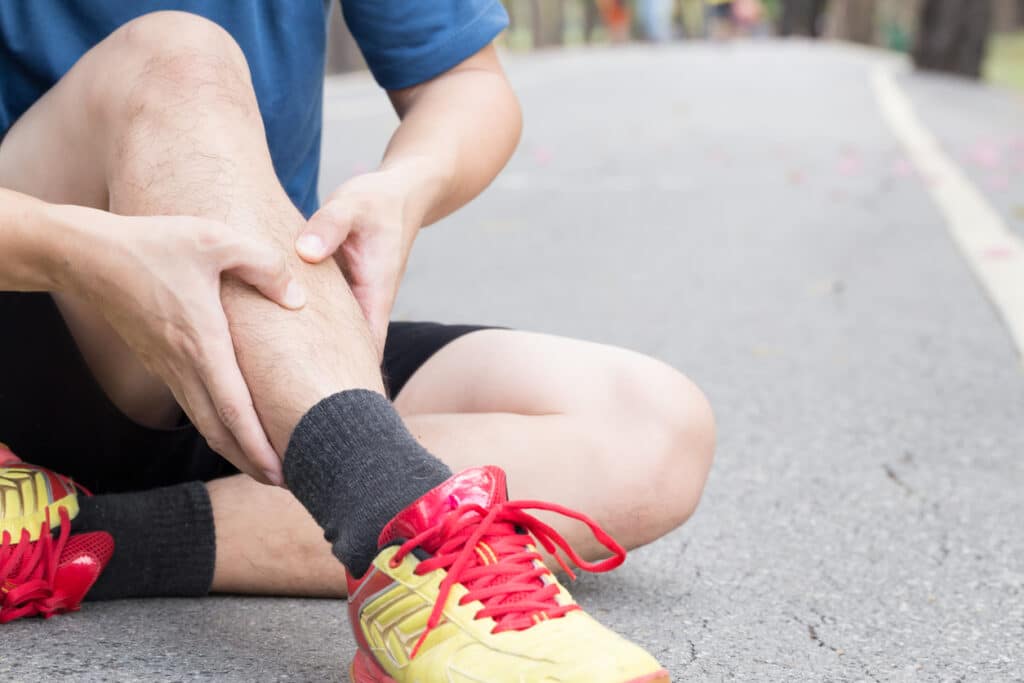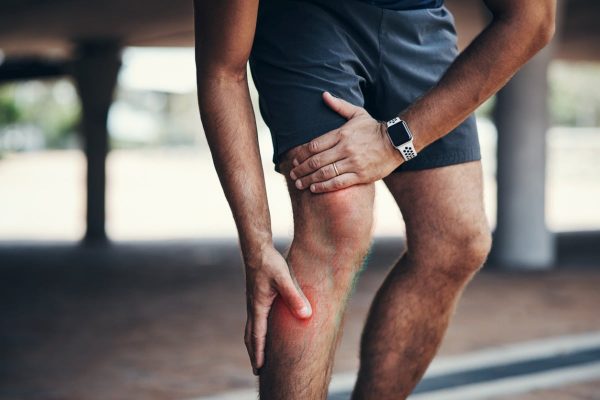
Medial Tibial Stress Syndrome (MTSS), commonly known as shin splints, is a painful condition often experienced by athletes, runners, and individuals engaging in high-impact activities. It occurs due to repetitive stress on the shinbone and the tissues attaching the muscle to the bone. One common concern among those with MTSS is whether it’s safe to continue walking or if it exacerbates the condition. Let’s delve into this question and explore how CARESPACE Health+Wellness, with its multidisciplinary approach, can provide effective solutions for MTSS.
Walking with Medial Tibial Stress Syndrome:
The answer to whether it’s okay to walk with MTSS is not a simple yes or no. It depends on the severity of the medial tibial stress syndrome and individual circumstances. In many cases, walking may exacerbate the pain and discomfort associated with MTSS, especially during the acute phase. However, completely avoiding walking or physical activity is not always the solution, as it may lead to deconditioning and delay in recovery.
Instead, individuals with MTSS should focus on modifying their walking routine to reduce stress on the shins while promoting healing. It is important to modify exercise instead of stopping it completely, as inactivity can negatively impact shin splints. This may include:
1. Reducing Intensity and Duration: Decreasing the intensity and duration of walks can help alleviate symptoms. Gradually increase the distance and intensity as the condition improves.
2. Choosing Proper Footwear: Wearing supportive shoes with adequate cushioning and arch support can help reduce impact on the shins.
3. Surface Modification: Opting for softer surfaces like grass or dirt trails instead of concrete can lessen the impact on the shins.
4. Incorporating Cross-Training: Engaging in low-impact activities such as swimming, cycling, or elliptical training can maintain cardiovascular fitness while reducing stress on the shins.
5. Seeking Professional Guidance: Consulting with healthcare professionals, such as physiotherapists or chiropractic doctors, can provide personalized advice and treatment strategies to manage MTSS effectively.
How CARESPACE Can Help:
At CARESPACE Health+Wellness, we understand the complex nature of musculoskeletal conditions like MTSS and offer comprehensive care to address the root cause and promote healing. Our team of regulated health professionals, including physiotherapists and chiropractic doctors, collaborates to provide personalized treatment plans tailored to each client’s needs.
Physiotherapists at CARESPACE utilize evidence-based techniques such as manual treatment, exercise prescription, and biomechanical analysis to address muscular imbalances, improve flexibility, and enhance biomechanics. They work closely with clients to develop strengthening and stretching programs aimed at reducing pain and restoring function.
Chiropractic doctors at CARESPACE focus on spinal health and its relationship to overall wellness. They use manual adjustments and other chiropractic techniques to optimize spinal alignment and alleviate pressure on the nervous system. By addressing any spinal misalignments or dysfunctions, chiropractic care can help improve biomechanics and reduce the risk of overuse injuries like MTSS.
Collaborative Approach:
One of the key strengths of CARESPACE is our multidisciplinary approach to healthcare. Physiotherapists and chiropractic doctors work together as a team, pooling their expertise to provide holistic care for clients with MTSS. By combining their knowledge and skills, they can offer a comprehensive treatment approach that addresses all aspects of the condition.
For instance, while physiotherapists focus on addressing muscular imbalances and biomechanical issues contributing to MTSS, chiropractic doctors may identify and correct spinal misalignments that could be exacerbating the problem. This collaborative effort ensures that clients receive the most effective and personalized care possible, leading to faster recovery and long-lasting results.
In conclusion, walking with MTSS requires a cautious approach that balances the need for activity with the need for rest and recovery. By following appropriate modifications and seeking professional guidance from healthcare providers like those at CARESPACE Health+Wellness, individuals with MTSS can effectively manage their condition and return to pain-free walking and activity. Our integrated approach, combining the expertise of physiotherapists and chiropractic doctors, ensures that clients receive the comprehensive care they need to overcome MTSS and achieve their health goals.
For a complete overview of causes, symptoms, and recovery strategies, visit our Comprehensive Guide to Medial Tibial Stress Syndrome.




